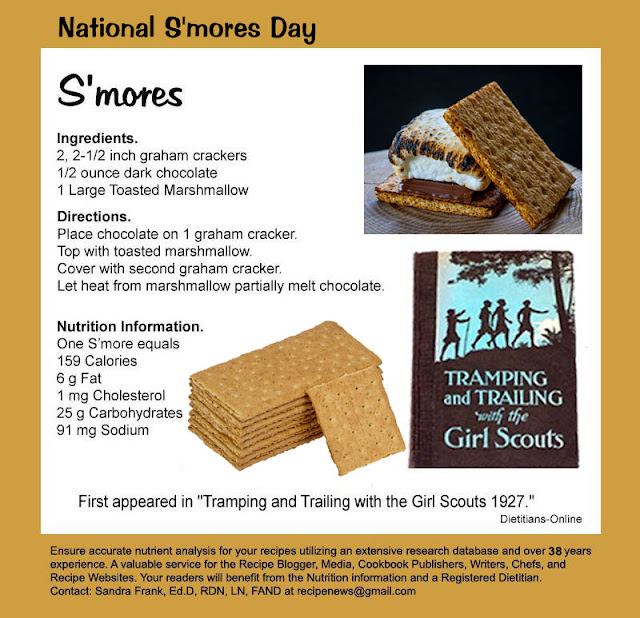Ingredients
8 cups water
3 (1 1/4-pound) whole lobsters
1 tablespoon olive oil
2 cups chopped onion
2 cups coarsely chopped celery
1 1/2 cups coarsely chopped carrot
4 garlic cloves, minced
4 cups coarsely chopped tomato (about 1 1/2 pounds)
1/2 teaspoon saffron threads, crushed
1/2 teaspoon dried thyme
1/4 teaspoon black pepper
2 bay leaves
1-pound skinned halibut fillets cut into 2-inch pieces
22 small clams, scrubbed
30 small mussels, scrubbed and debearded
1/2 pound medium shrimp, peeled and deveined
Directions
1. Using an 8-quart stockpot, bring water to a boil.
2. Plunge lobsters headfirst into the water. Return to a boil; cover, reduce heat, and simmer for 12 minutes.
3. Remove lobsters from water (do not drain); cool. Remove meat from cooked lobster tails and claws; cut into 1-inch pieces, reserving shells.
4. Cover and refrigerate lobster meat.
5. Return reserved shells to water; bring to a boil. Reduce heat, and simmer 5 minutes. Drain through a colander over a large bowl, reserving broth; discard shells. Wipe pan dry with a paper towel.
6. Heat oil in pan over medium-high heat. Add onion, celery, carrot, and garlic; sauté 5 minutes.
7. Add reserved broth, tomato, saffron, thyme, pepper, and bay leaves; bring to a boil.
9. Bring to a boil; add halibut, reduce heat, and simmer 4 minutes.































